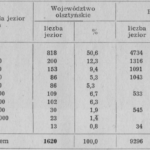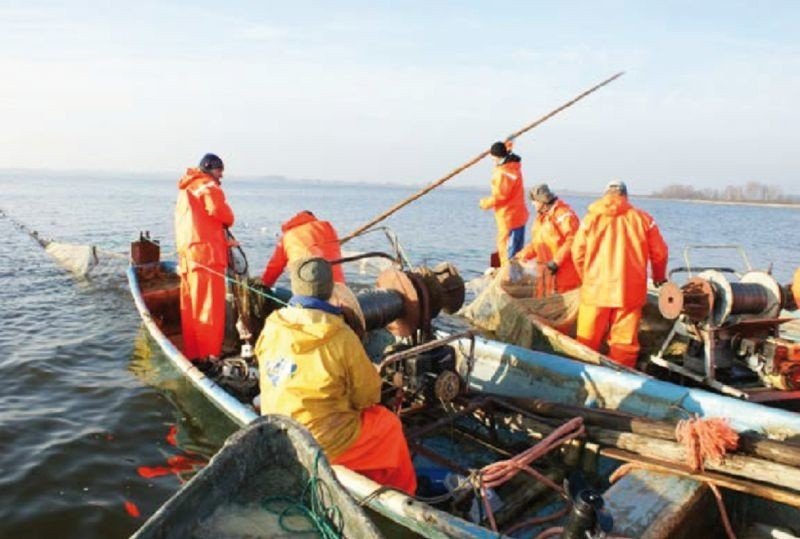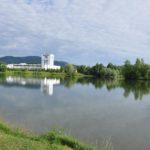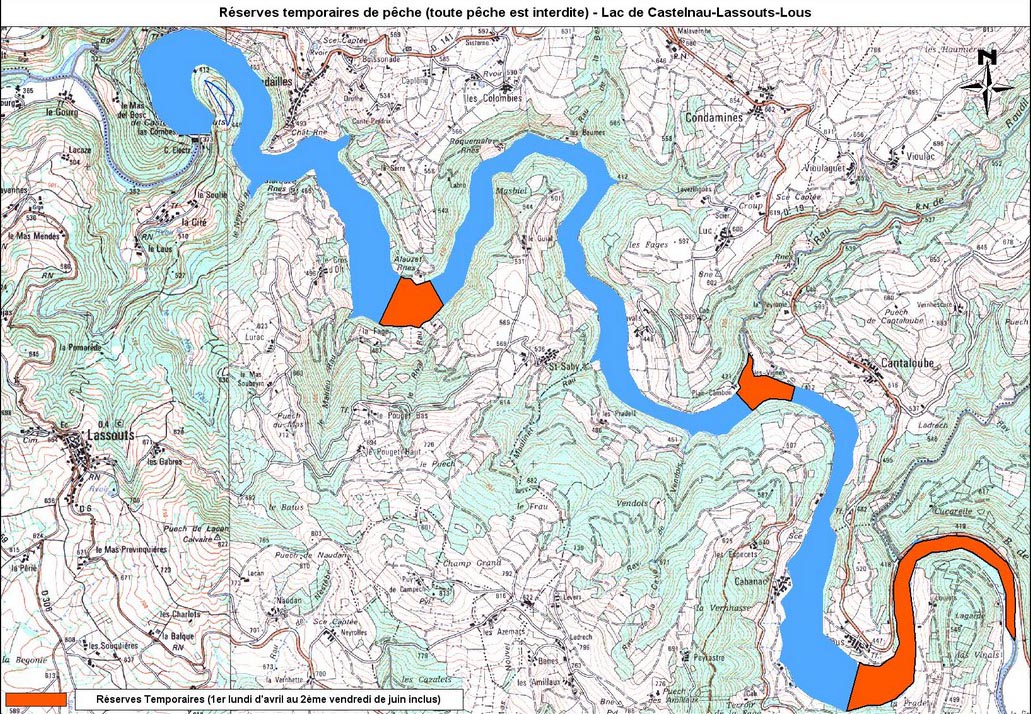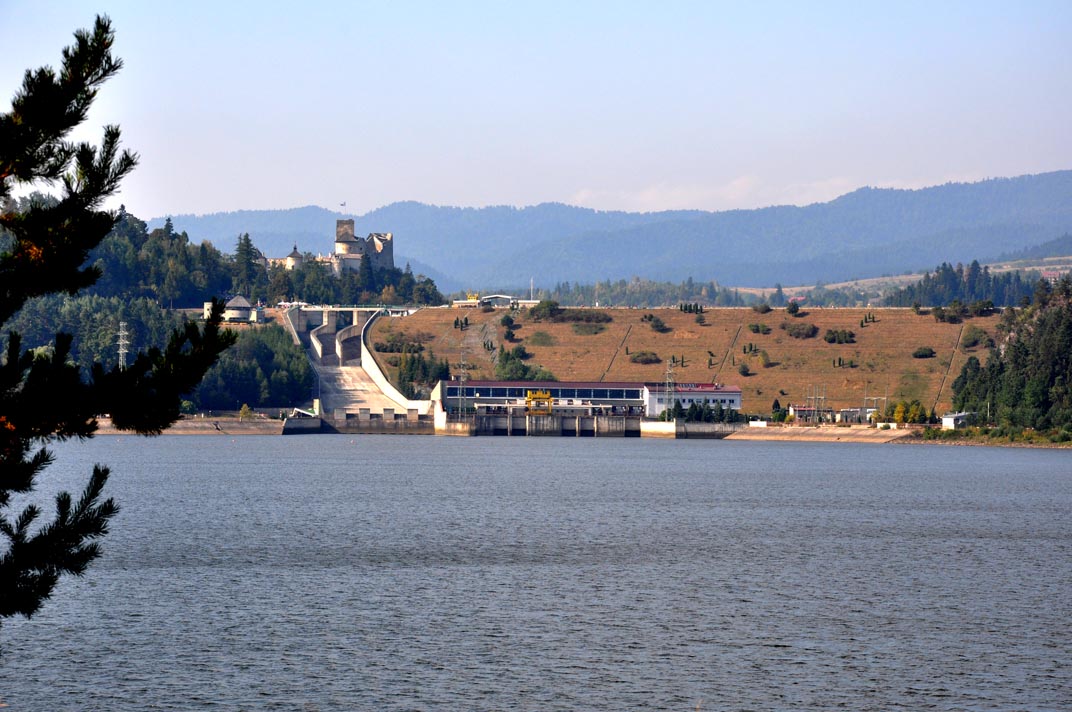 Jeziora w skali światowej stanowią olbrzymi zasób wód. Zajmują około 1,8 % powierzchni ziemi, tj. około 2,5 mln km² i magazynują 1,17 x 105 km³ wody. Największą powierzchnię zajmuje Morze Kaspijskie (424 300 km², rok 1977), jest jednak stosunkowo płytkie (w ostatnim czasie jego powierzchnia raptownie się zmniejsza w wyniku mniejszego dopływu wody, zwiększa się tym samym zasolenie jego wód). Z tego względu za największe jezioro słodkowodne należy uważać zespół połączonych ze sobą jezior północnoamerykańskich o powierzchni 242 000 km2. Jeżeli weźmiemy pod uwagę objętość zgromadzonej wody, to największe są jeziora Tanganika (35 000 km2, 1435 m głębokości) i Bajkał (31 500 km², 1741 m głębokości i około 23 500 km3 wody).
Jeziora w skali światowej stanowią olbrzymi zasób wód. Zajmują około 1,8 % powierzchni ziemi, tj. około 2,5 mln km² i magazynują 1,17 x 105 km³ wody. Największą powierzchnię zajmuje Morze Kaspijskie (424 300 km², rok 1977), jest jednak stosunkowo płytkie (w ostatnim czasie jego powierzchnia raptownie się zmniejsza w wyniku mniejszego dopływu wody, zwiększa się tym samym zasolenie jego wód). Z tego względu za największe jezioro słodkowodne należy uważać zespół połączonych ze sobą jezior północnoamerykańskich o powierzchni 242 000 km2. Jeżeli weźmiemy pod uwagę objętość zgromadzonej wody, to największe są jeziora Tanganika (35 000 km2, 1435 m głębokości) i Bajkał (31 500 km², 1741 m głębokości i około 23 500 km3 wody).
Jeziora powstały w wyniku działania sił przyrody, głównie w wyniku zjawisk wulkanicznych (tektonicznych) lub oddziaływań lodowca (procesów glacjalnych). Rozróżniamy trzy zasadnicze typy: tektoniczne, morenowe i rynnowe. Jeziora, z geologicznego punktu widzenia, należą do najmłodszych tworów, a przeważająca część jezior polodowcowych jest młodsza niż 10 tysięcy lat, starsze jeziora tektoniczne pochodzą z okresu trzeciorzędu.
W jeziorach i innych wodach stojących warunki życiowe kształtują się według specyficznych zasad dotyczących głównie warunków świetlnych i termicznych, zawartości tlenu i jej zróżnicowania w słupie wody, substancji pokarmowych tworzących zawiesinę i rozpuszczonych w wodzie. Charakterystyczne są również zmiany tych warunków zależnie od prawidłowego (powodowanego przez temperaturę) lub nieprawidłowego (powodowanego przez wiatr) ruchu wody.
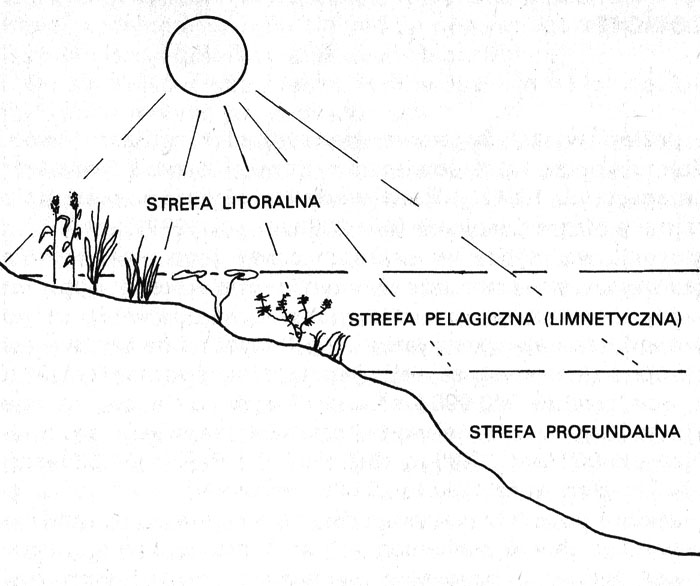 Główne strefy przenikalności światła w wodach stojących.
Główne strefy przenikalności światła w wodach stojących.
Ze względu na warunki świetlne w wodach stojących wyróżnia się trzy główne strefy:
— strefa litoralna — strefa płytkiej wody, gdzie światło przenika aż do dna i gdzie wytworzone zostają sprzyjające warunki dla egzystencji roślin zakorzeniających się;
– strefa pelagiczna (limnetyczna) – obszar wolnej, dokładnie prześwietlonej wody. Dolna granica tej strefy jest wyznaczona tzw. poziomem kompensacyjnym, na którym intensywność fotosyntezy jest równa intensywności oddychania (spożytkowania tlenu), co w praktyce odpowiada głębokości, na którą dociera 1 % całości światła słonecznego;
– strefa profundalna – dno i obszar wody głębokiej poniżej granicy wyznaczonej przez poziom kompensacyjny (bez dostępu światła).

